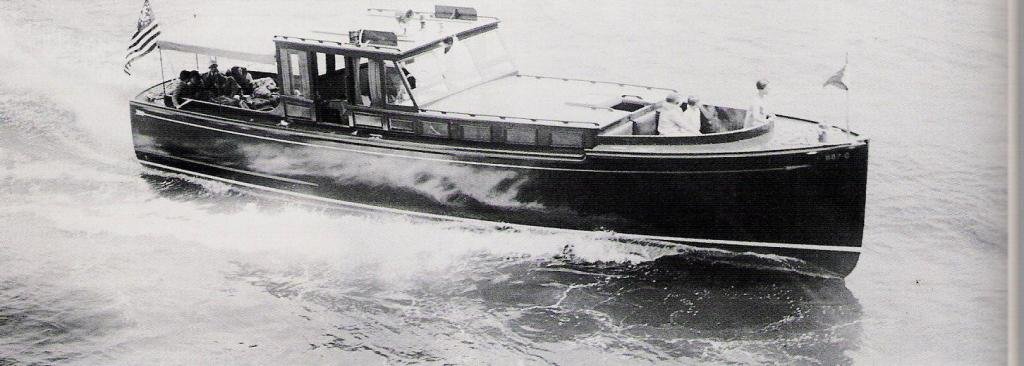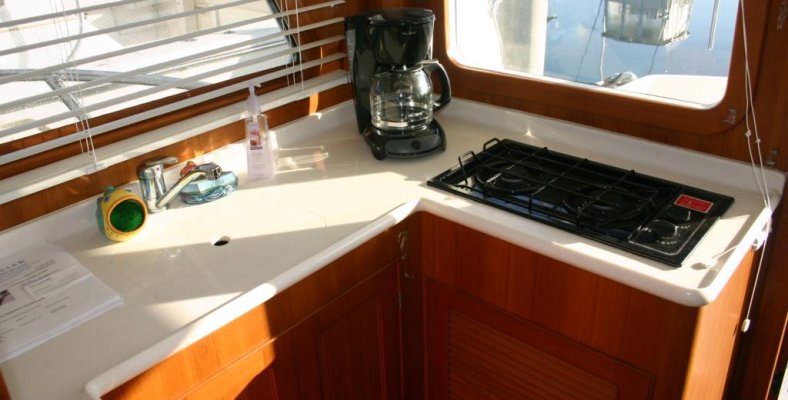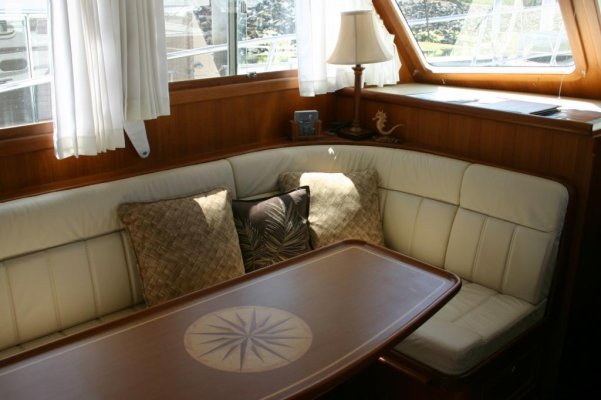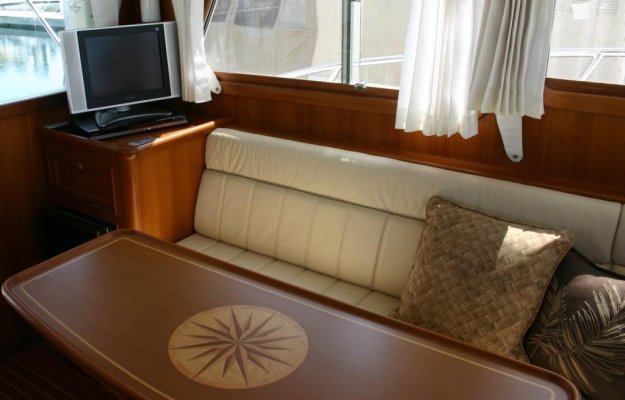FF
Guru
- Joined
- Oct 12, 2007
- Messages
- 22,552
How are you planning to get around Shannon's patent?
Shannons work is a poor copy of the Atkin boats of 50 years ago.
I simply purchased a copy of RIVER BELLE from Atkin's widow and computer squezed the hull to the dimensions I need. http://www.atkinboatplans.com/
For an idea of the performance claims for the hull design
http://www.robbwhite.com/rescue.minor.html
The underbody will be similar to RESCUE MINOR , but the hull from the WL up is quite different from River Belle as the service is different.
An idea of the hull in profile is STROLLER an early 1929 Herrishoff commuter.
FF
-- Edited by FF at 05:54, 2008-11-30
Shannons work is a poor copy of the Atkin boats of 50 years ago.
I simply purchased a copy of RIVER BELLE from Atkin's widow and computer squezed the hull to the dimensions I need. http://www.atkinboatplans.com/
For an idea of the performance claims for the hull design
http://www.robbwhite.com/rescue.minor.html
The underbody will be similar to RESCUE MINOR , but the hull from the WL up is quite different from River Belle as the service is different.
An idea of the hull in profile is STROLLER an early 1929 Herrishoff commuter.
FF
-- Edited by FF at 05:54, 2008-11-30






